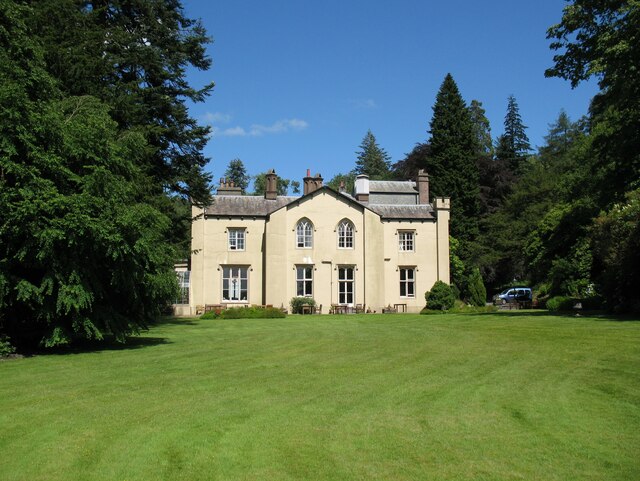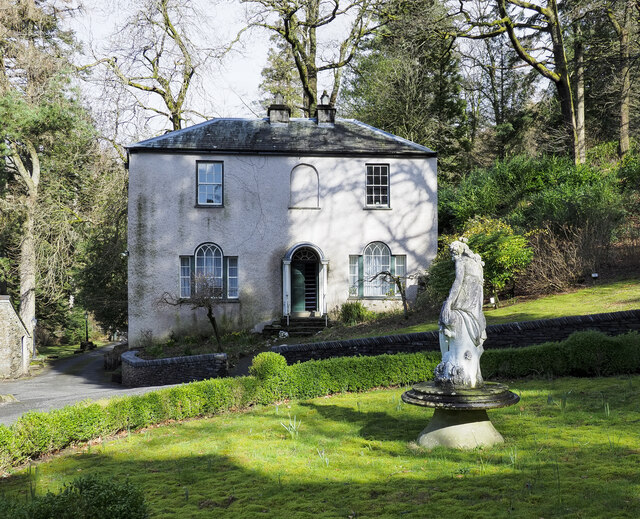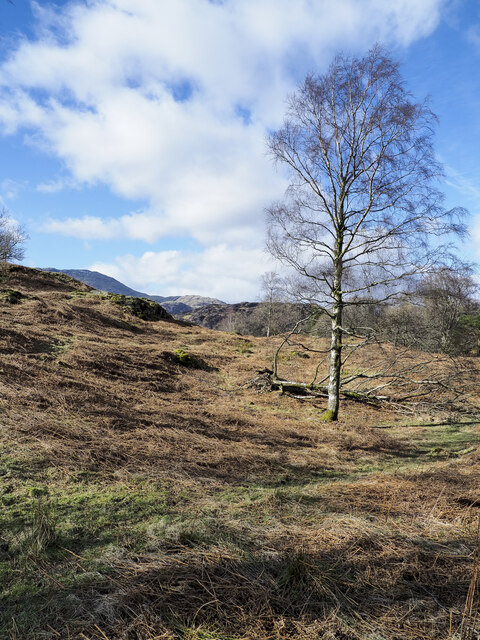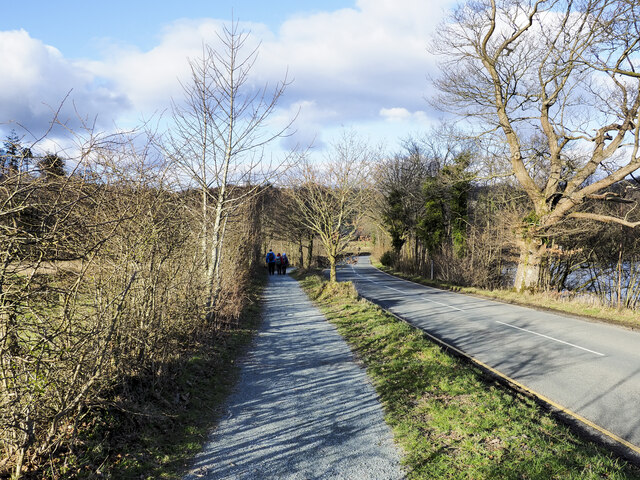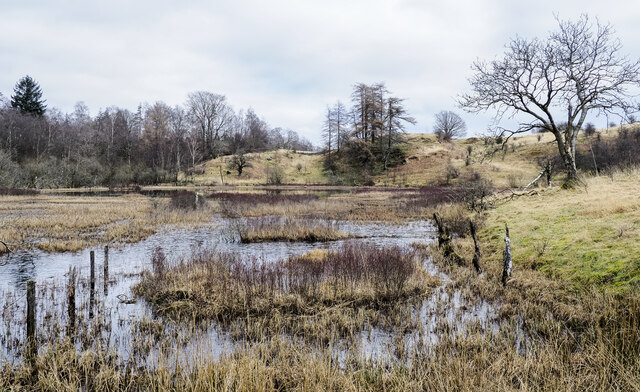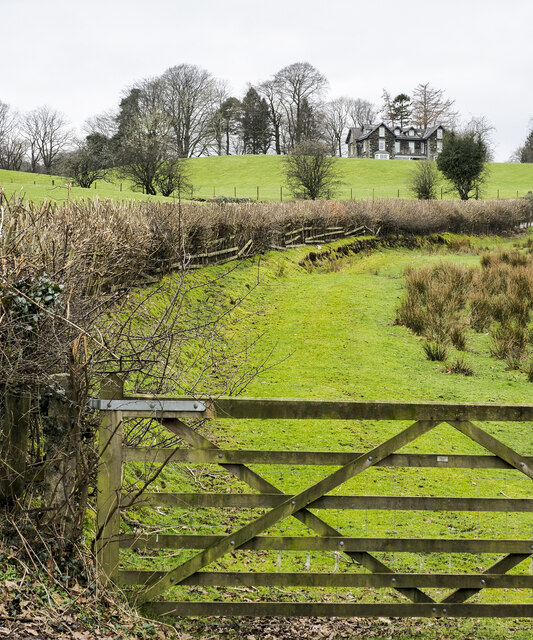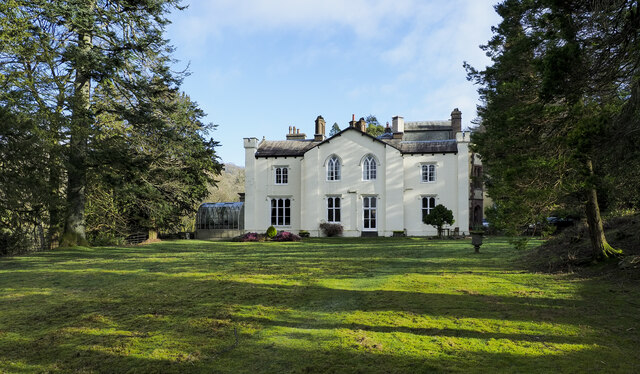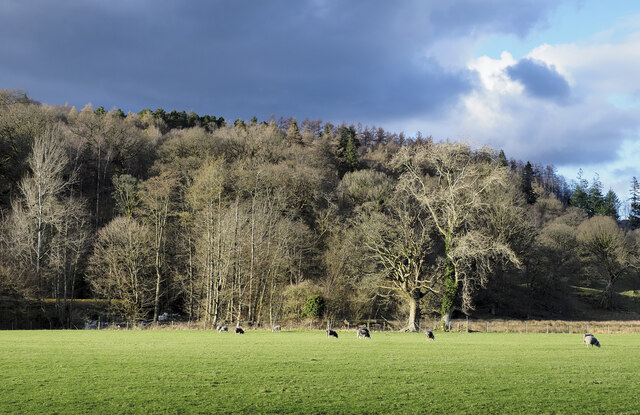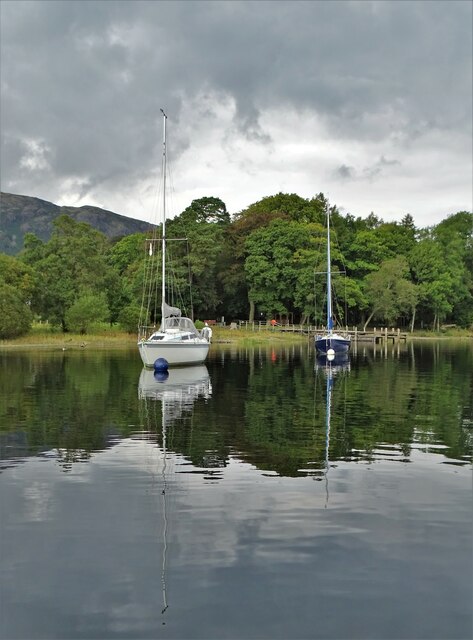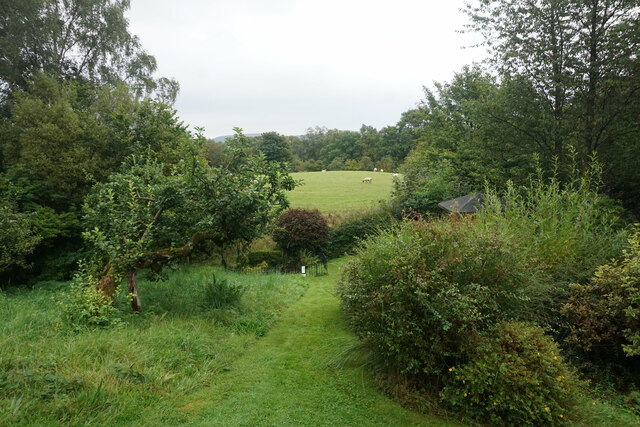Black Dyke Moss
Downs, Moorland in Lancashire South Lakeland
England
Black Dyke Moss
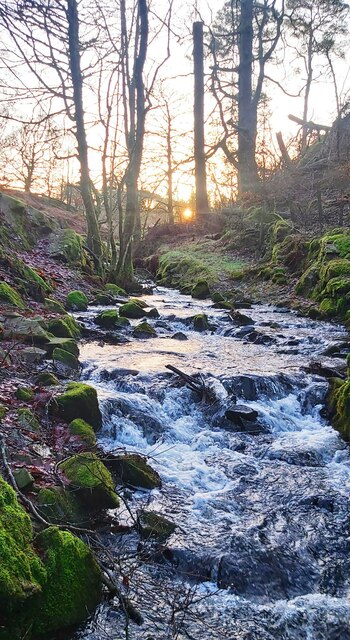
Black Dyke Moss is a vast expanse of moorland located in Lancashire, England. Spanning over 300 hectares, it is a prominent feature of the landscape in the area. The moss is situated near the village of Downs and is known for its unique flora and fauna.
The moorland is characterized by its wet and boggy terrain, making it a suitable habitat for a variety of plant species. It is particularly renowned for its extensive growth of sphagnum moss, which creates a vibrant green carpet across the landscape. This moss not only adds to the aesthetic appeal of the area but also plays a crucial role in maintaining the bog's water retention capacity.
Black Dyke Moss is also home to a diverse range of bird species, attracting birdwatchers and nature enthusiasts. Visitors can spot rare species such as merlins, curlews, and golden plovers during their visit. Moreover, the moss provides an essential breeding ground for many birds, ensuring their survival.
The moss plays a vital role in the overall ecosystem of Lancashire. It acts as a natural carbon sink, absorbing and storing large amounts of carbon dioxide, thus contributing to the fight against climate change. Furthermore, it serves as a natural floodplain, retaining excess water during heavy rainfall and mitigating potential flooding risks in the surrounding areas.
Black Dyke Moss is a cherished natural landmark in Lancashire, offering visitors a unique opportunity to immerse themselves in the beauty of the moorland landscape, observe rare bird species, and appreciate the significant ecological functions it provides.
If you have any feedback on the listing, please let us know in the comments section below.
Black Dyke Moss Images
Images are sourced within 2km of 54.371866/-3.0340039 or Grid Reference SD3297. Thanks to Geograph Open Source API. All images are credited.
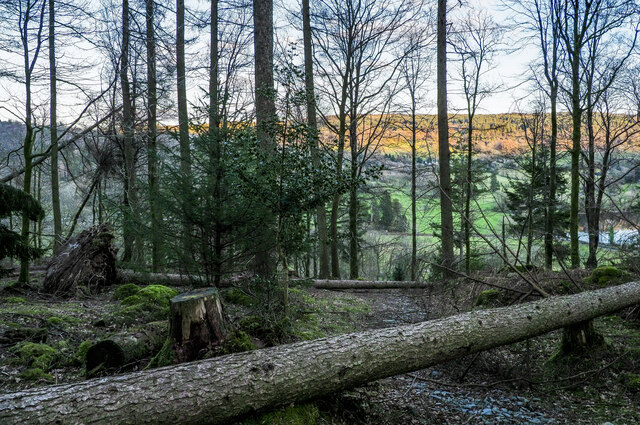
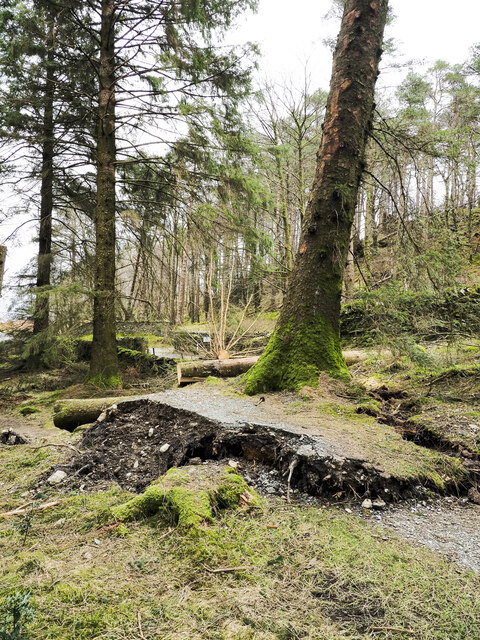

Black Dyke Moss is located at Grid Ref: SD3297 (Lat: 54.371866, Lng: -3.0340039)
Administrative County: Cumbria
District: South Lakeland
Police Authority: Cumbria
What 3 Words
///receive.subway.removable. Near Windermere, Cumbria
Related Wikis
Hawkshead Hill
Hawkshead Hill is a hamlet in the South Lakeland district, in the county of Cumbria, England. It is in the Lake District National Park. == Location... ==
Tarn Hows
Tarn Hows is an area of the Lake District National Park in North West England, It contains a picturesque tarn, approximately 2 miles (3.2 km) northeast...
SY Gondola
The steam yacht Gondola is a rebuilt Victorian, screw-propelled, steam-powered passenger vessel on Coniston Water, England. Originally launched in 1859...
Yewdale Beck
Yewdale Beck is a river in Lake District, Cumbria, England. The Yewdale Beck arises from the confluence of Henfoot Beck and Swallow Scar Beck, as well...
Roger Ground
Roger Ground is a hamlet just south of the village of Hawkshead, in the South Lakeland district, in the English county of Cumbria. == References == Philip...
St Michael and All Angels Church, Hawkshead
St Michael and All Angels Church is in the village of Hawkshead, Cumbria, England. It is an active Anglican parish church in the deanery of Windermere...
Hawkshead Market Hall
Hawkshead Market Hall, also known as Hawkshead Town Hall, is a municipal building in The Square in Hawkshead, Cumbria, England. The building, which is...
Hawkshead
Hawkshead is a village and civil parish in Westmorland and Furness, Cumbria, England. Within the boundaries of the historic county of Lancashire, the parish...
Nearby Amenities
Located within 500m of 54.371866,-3.0340039Have you been to Black Dyke Moss?
Leave your review of Black Dyke Moss below (or comments, questions and feedback).
